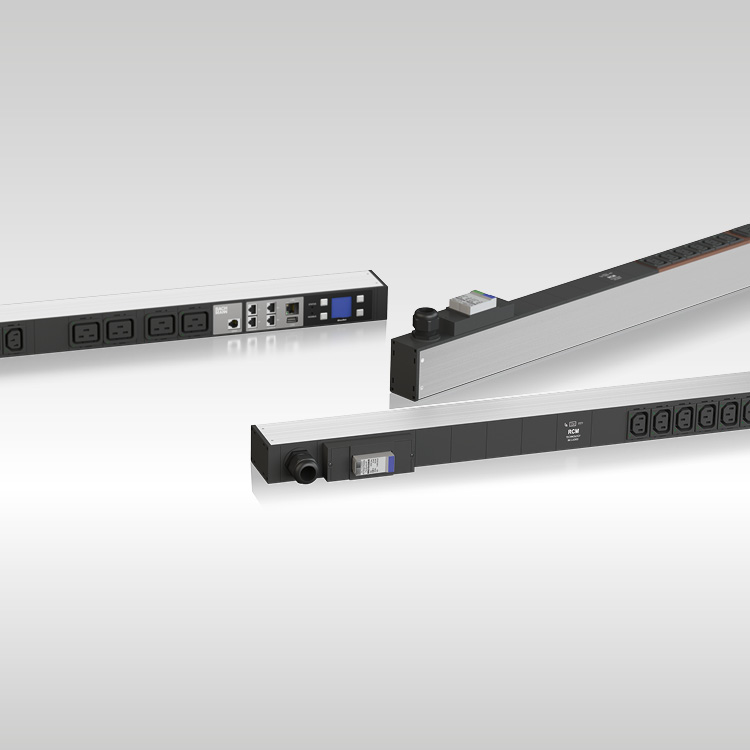
Avoiding danger through effective monitoring
Electronics in general, and power supplies and converters in particular, have been continuously optimised over recent years. Besides saving space, the main focus has been on increasing efficiency and reliability. Though the right approach in principle, as the saying goes, there are always two sides to a coin. After the 230V input, modern power supplies come with a rectifier circuit and various components for smoothing and filtering voltage. Capacitors in particular, are used to smooth rectified alternating current. Located at the rectifier output, they discharge to earth or earth potential the residual ripple of the output voltage. The result is an almost homogeneous direct current voltage (Vr).
However, what actually happens to the direct currents discharged via the capacitors? They are often paid scant attention. In large data centres with a lot of IT equipment, leakage currents on the protective conductor (green/yellow) can amount to several amperes [A]. In the first place, this constitutes a risk to life and limb, because the PE conductor exercises a protective function (baseline protection).
The electrical manager should therefore take care to monitor these leakage currents. Permanent monitoring of leakage currents lets the electrical manager correctly assess the electrotechnical condition of the data centre, detect deviations at an early stage and initiate appropriate countermeasures.
However, which user or operator deems themselves technically capable of distinguishing between leakage currents and residual currents carrying the potential risk of failure for the data centre? Both the quality and failure safety of the operating voltage is guaranteed in data centres by UPS systems. In systems with 3-phase UPS, RCM Type B RCM (RCM: Residual Current Monitoring) sensors to EN 62020 are recommended.
This type of sensor not only detects alternating or pulsating direct currents, but also the smooth DC residual currents that may arise in the intermediate circuits of UPS systems or in the power supplies of the IT equipment. Sensors should monitor all relevant system areas in a data centre and can even be integrated into the PDUs (Power Distribution Units) in the server racks. Faults can thus be localised more easily and the entire RCM system complies with EN 50600 granularity level 1-3.
Autor: Tilo Püschel, © Bachmann GmbH 2019